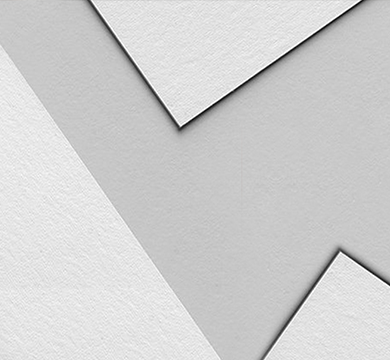Email format error
Email cannot be empty
Email already exists
6-20 characters(letters plus numbers only)
The password is inconsistent
Email format error
Email cannot be empty
Email does not exist
6-20 characters(letters plus numbers only)
The password is inconsistent

NEWS

Water-Based Clear Coatings for Metal: Benefits, Selection, and Application
Introduction
Water-based clear coatings have gained popularity in recent years due to their eco-friendly nature and excellent protective properties. They are particularly favoured for their ability to enhance the appearance of metal surfaces while safeguarding them against corrosion and oxidation. In this blog post, we will explore what water-based clear coatings are, how they differ from traditional coatings, how to choose the right one for metal, the steps involved in applying them, and techniques for achieving a smooth and even surface finish.
What are water-based clear coatings?
Water-based clear coatings are a type of finish or protective layer used on metal surfaces. Unlike traditional solvent-based coatings, water-based formulations use water as the primary solvent, making them more environmentally friendly and safer to work with. These coatings are transparent, allowing the natural beauty of the metal to shine through while providing protection against various environmental factors.
Differences from Traditional Coatings
1. Environmentally Friendly: Water-based coatings emit fewer volatile organic compounds (VOCs) into the atmosphere, reducing their environmental impact.
2. Safety: They are less hazardous to handle and have a lower risk of fire, making them a safer option.
3. Odour: Water-based coatings have a milder odour compared to solvent-based coatings.
4. Drying Time: They often have a quicker drying time, which can lead to increased efficiency in production processes.
Choosing the Right Water-Based Clear Coating for Metal
Selecting the appropriate water-based clear coating for metal requires considering several factors:
1. Metal Type: Different coatings are designed for specific types of metal, such as steel, aluminium, or copper. Choose one compatible with the metal you're working with.
2. Desired Finish: Determine the level of gloss or sheen you want, whether it's high gloss, satin, or matte.
3. Environmental Conditions: Consider the intended environment—indoors or outdoors—and whether the coating needs to provide UV protection.
4. Application Method: Ensure the coating is suitable for your chosen application method, whether it's spraying, brushing, or dipping.
Steps for Applying Water-Based Clear Coatings to Metal
Applying water-based clear coatings to metal involves a systematic process to ensure a durable and attractive finish.
- Surface preparation: Begin by cleaning the metal surface thoroughly to remove dirt, rust, grease, and other contaminants. Sanding may also be required to create a smooth substrate.
- Primer (Optional): Some coatings may require a primer to improve adhesion and corrosion resistance. Apply the primer as directed by the manufacturer and allow it to dry.
- Application: Apply the water-based clear coating using the chosen method, ensuring even coverage. Follow the manufacturer's recommendations regarding the number of coats and drying times between coats.
- Drying and Curing: Allow the coating to dry and cure according to the manufacturer's instructions. This may involve air drying or baking in an oven.
- Inspection: Inspect the coated surface for any imperfections, such as bubbles or streaks. If necessary, lightly sand and recoat for a smoother finish.
Achieving a Smooth and Even Surface Finish
To achieve a smooth and even surface finish with water-based clear coatings on metal, consider the following tips:
- Proper Surface Preparation: Invest time in cleaning and preparing the metal surface before applying the coating. A clean and smooth substrate will result in a better finish.
- Application Technique: Use the recommended application method and equipment, such as high-quality brushes or spray guns, to ensure even coverage.
- Thin Coats: Apply thin coats rather than thick ones. Multiple thin coats are more likely to result in a smooth finish without drips or unevenness.
- Temperature and Humidity: Follow the manufacturer's guidelines regarding temperature and humidity conditions during application, as these can affect drying and curing.
- Sanding and Buffing: If imperfections are present after the initial application, lightly sand the surface with fine-grit sandpaper and buff it to achieve a smoother finish.
Conclusion
Water-based clear coatings offer a sustainable and effective way to protect and enhance the appearance of metal surfaces. Their eco-friendly nature, safety benefits, and versatility make them a valuable choice for various applications. By selecting the right coating, following proper application steps, and paying attention to surface preparation and techniques, you can achieve a smooth and even finish that not only safeguards your metal but also showcases its natural beauty.
